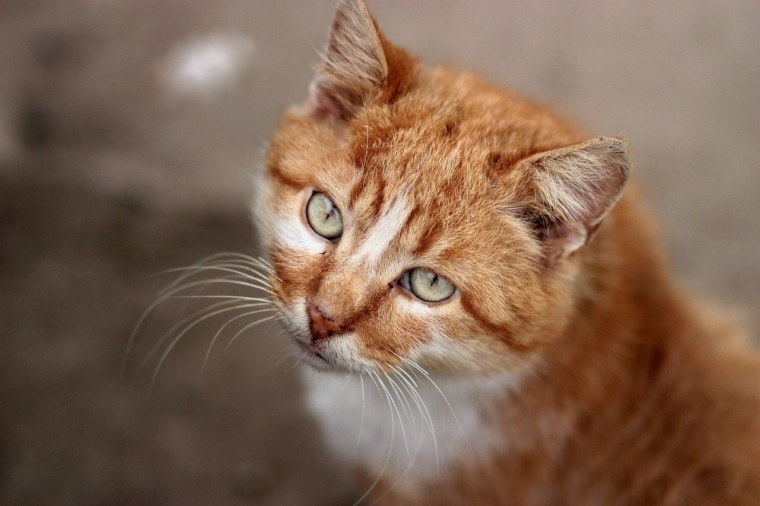
What is it about orange cat breeds that fascinate people so much? It could be because orange is considered a warm color, so we can assume that these felines will be friendly and affectionate towards us. There is a long list of reasons that could possibly explain why most people gravitate towards orange cat breeds. From Milo to the classic Garfield, these vivacious ginger cuties have stolen the hearts of cat enthusiasts for ages.
We have compiled a list of 10 orange cat breeds and interesting facts about them.
The 10 Most Common Orange Cat Breeds
1. Abyssinian Cat
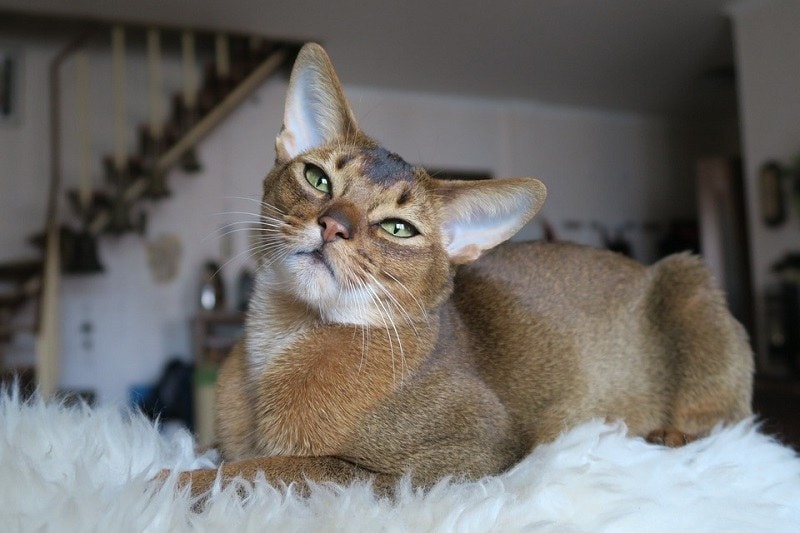
Size:
Medium
Shedding amount:
Seasonal
Activity Level:
Active
Personality:
Sociable, mischievous, curious
Abyssinians place of origin is said to be either Ethiopia or Egypt. They have an athletic body and a distinct speckled coat. Since they are shorthaired, the cats require low maintenance. These felines are social, making them great additions to the family. You will catch them showing off every once in a while.
An Abyssinian is a perfect fit for pet parents who can dedicate time to train a cat with lots of energy to burn.
2. Persian Cat

Size:
Medium, large
Shedding amount:
Frequent
Activity Level:
Calm
Personality:
Sociable, affectionate, gentle
This is the most popular of all the orange cat breeds. Persians were the preferential cat among the elite class and aristocrats many ages ago and still are warming people’s hearts. They are adorable and fluffy, with a laid-back personality. However, they are high maintenance because of the long hair. White Persians may still be the most iconic in the group, but the orange ones have found a way of warming people’s hearts too.
3. Exotic Shorthair Cat
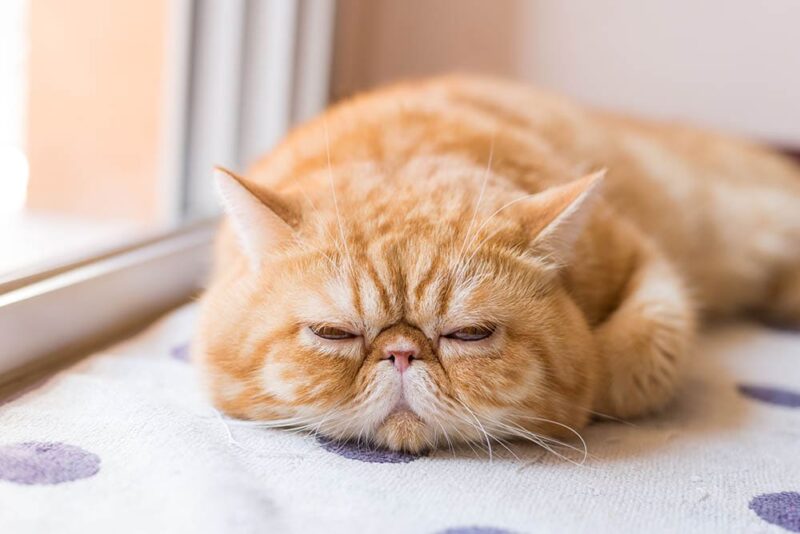
Size:
Medium
Shedding amount:
Occasional
Activity Level:
Calm
Personality:
Affectionate, social, playful
Did you know that Garfield in an Exotic Shorthair? If you love the Persian but cannot cope with its high maintenance, here is the twin. Well, it is still orange and has all the traits of the Persian breed. Weekly grooming is all your cat will need. You will still end up with an affectionate, easy-going cat, and a more playful and curious friend. This adorable kitty won’t mind sitting beside you on the couch or curled up at the edge of the bed.
They are loyal to their caregiver, which is convenient when you relocate. As long as you are around, they feel complete. Also, this is an ideal pet for a family with older kids. If you are alone, toys and cat trees are enough distraction.
4. Maine Coon Cat
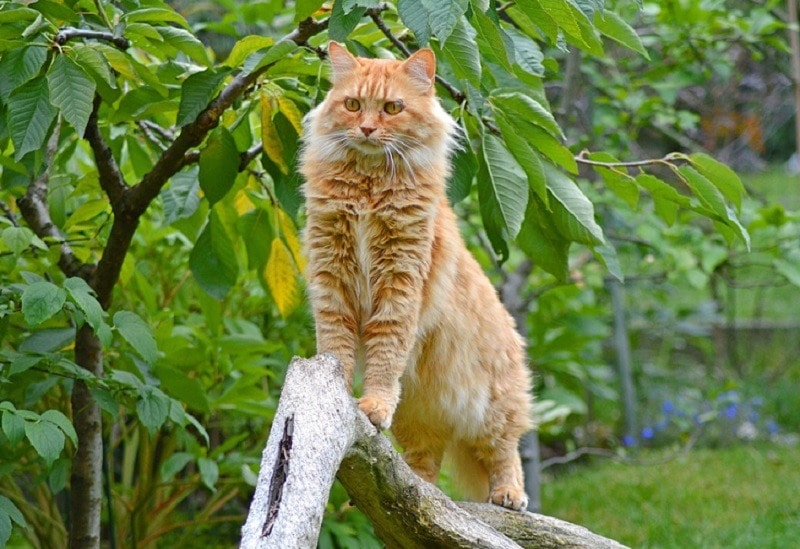
Size:
Medium, Large
Shedding amount:
Frequent
Activity Level:
Active
Personality:
Friendly, social, intelligent,
This is one of the USA’s finest cats and the largest domestic cat. They are large, hearty, loyal, and easy to train. Maine Coons are friendly towards people, kids, and other pets. Its ability to bounce back to popularity is intriguing since it almost faced extinction.
The Maine Coon also has water-repellent fur and are great hunters. They appear in many colors like orange, brown, ebony, cream, and blue, among others. However, they are high-maintenance, require regular grooming, and are highly susceptible to diseases and other health issues.
5. Devon Rex
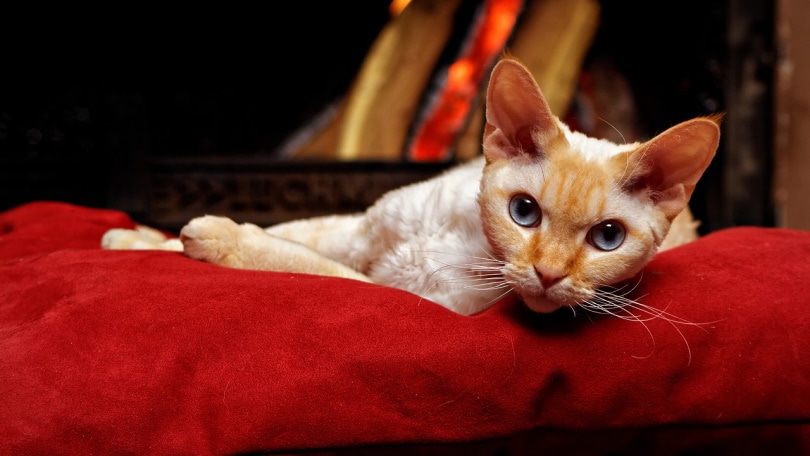
Size:
Small, regular
Shedding amount:
Normal
Activity Level:
Hyper
Personality:
Playful, daring, hyperactive, social
If you are not a sporty person, you are not ready for a Devon Rex. The cat is always jumping or climbing something. Its restlessness and playful nature earned it several nicknames like the “poodle cat” and “monkey in a catsuit.”
While it may sometimes be a handful, the cat compensates by offering pleasing performances, being loyal, people-friendly, and easy to groom because they do not shed much. Some people feel that the Devonshire-bred feline has more dog-like attributes than a cat.
6. Chausie Cat
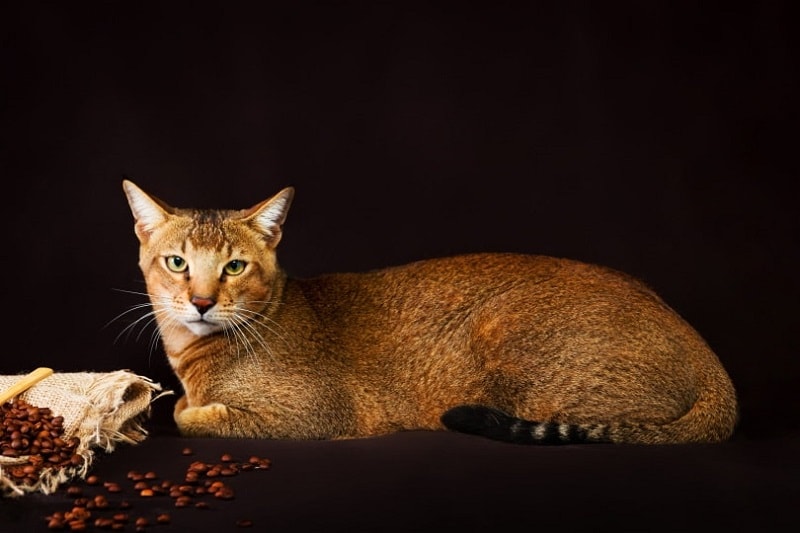
Size:
Large
Shedding amount:
Normal
Activity Level:
Very active
Personality:
Intelligent, inquisitive
This affectionate and loyal feline, also called the miniature cougar, is an ancient Egyptian breed. Chausie has a wildcat lineage which is vivid through its physical attributes and behavior. For example, it is fearful, very swift, and can climb up to very high heights.
They are low maintenance, only requiring weekly grooming. The outstanding physical characteristics include a long tail, big ears, and slender but muscular physique. Its extroverted and curious attributes will compel you to create more room for exercise.
7. Somali Cat
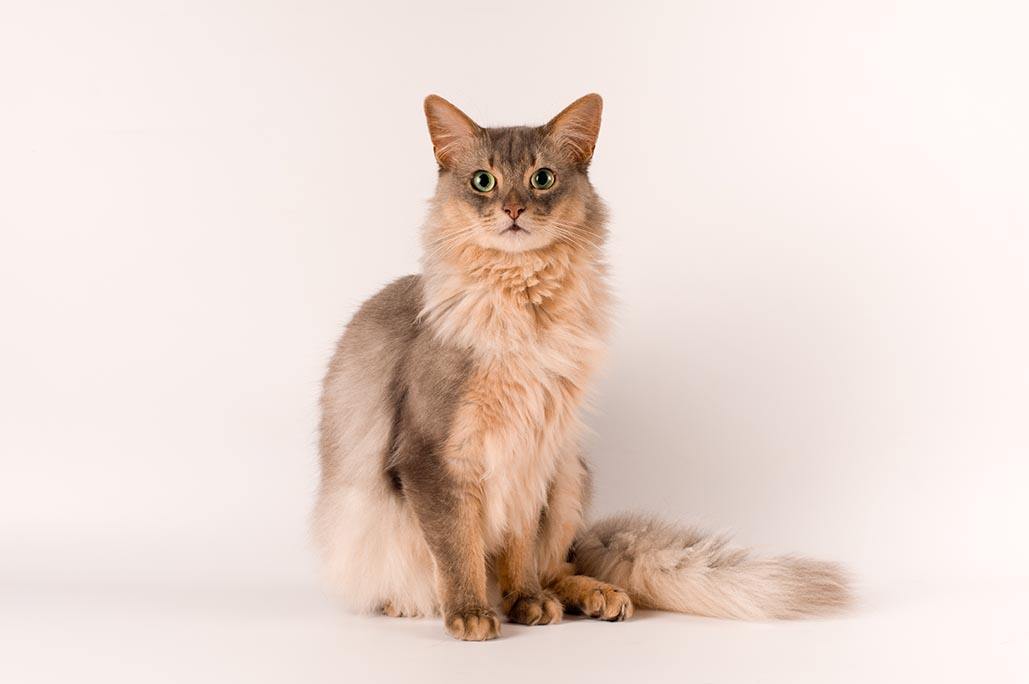
Size:
Medium
Shedding amount:
Normal
Activity Level:
Hyper
Personality:
Social, bold
The Somali is a vibrant orange cat that is as cunning as a fox. Its intelligence is admirable, as it takes time to scrutinize and observe things. The cat can also be taught a few tricks, and within no time, it can perform trivial functions like opening doors and knocking.
The downside of them being hands-on is that it is equally a handful. It tends to aim at objects placed in higher places and knocking them off just to see how they land.
8. Bengal

Size:
Medium, large
Shedding amount:
Normal
Activity Level:
Active
Personality:
Brilliant, sociable, playful
If your pet preference is an intelligent, bold, active, brown, shorthaired cat, the Bengal is your go-to animal. It is a hybrid of the Asian leopard cats, Egyptian Mau, and other domestic cats, which could be the rationale for their insatiable prey drive. They are affectionate and gentle pets. Besides, grooming them is easy. If you think dogs are loyal, try Bengals for a change.
They are both wild and loving, a fine combination for anyone who fancies staying with a leopard. Bengals can swim too. However, they need constant attention, which is sometimes impractical.
9. British Shorthair

Size:
Medium
Shedding amount:
Occasional
Activity Level:
Calm
Personality:
Sociable, intelligent, rational
This breed is one of the oldest. They have a rounded body, plush coats, and such thick fur that some people mistake them for a teddy bear. The cats are ideal for new cat owners because they are less demanding, friendly, and social.
10. Munchkin
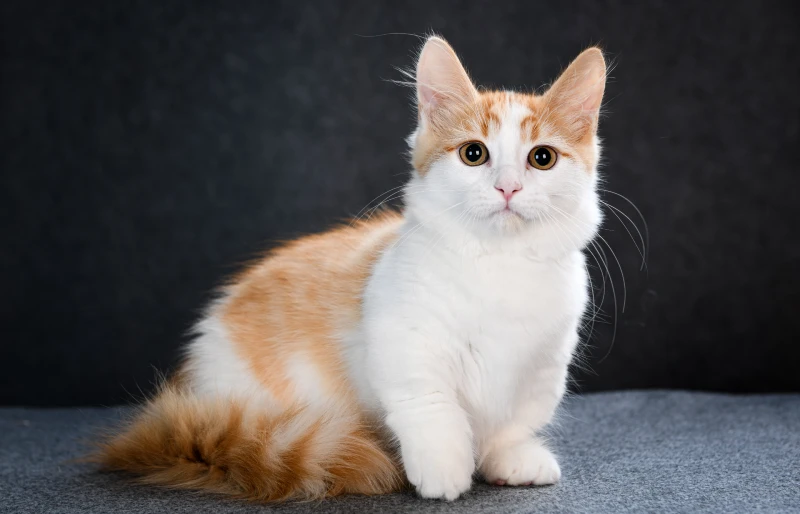
Size:
Small, medium
Shedding amount:
Normal
Activity Level:
Active
Personality:
Affectionate, intelligent, social, playful
Its short legs have never inhibited it from displaying its bold personality. Munchkins are always all over the place, inquisitive, and are drawn to shiny things. They are so people-oriented that they even agree to be picked up.
They are also easy to groom and can stand being left alone; a factor pet parents should take seriously before taking one in.
6 Fun Facts about Orange Cats
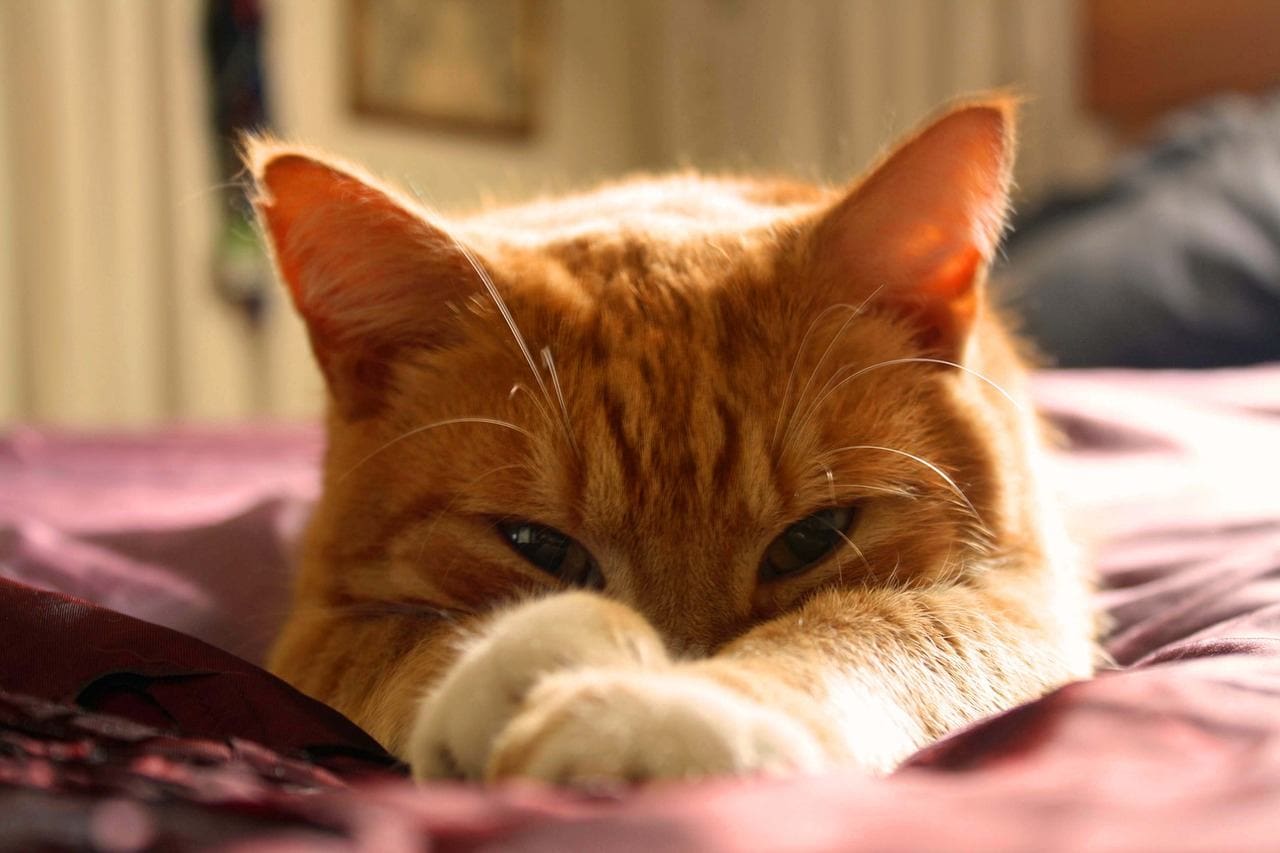
1. All orange cats are tabby.
Orange cats are not a breed, as people sometimes assume. The orange fur is just a type found across cats of different breeds. The reverse of this statement is also true; tabby cats are not a breed. The correct distinction is that some cats have more orange fur than others, like the Scottish Fold and the American Bobtail.
2. In every five orange tabbies, one is female.
The ratio between male and female orange cats is 4:1. The scientific explanation for this factor is that the gene carrying the orange coat is found in the X chromosome. Female cats can get it if the gene copies twice, while their male counterparts will only need it to copy once. The overall population of orange male cats is 80%.
3. They are Marked ‘M’.
All tabbies have an M above their eyes. There have been many speculations and theories around the M marking, but the bottom line is that it is so adorable.
4. All Orange cats have markings.
- Classic stripes: the stripes appear in a tie-dye kind of pattern.
- Ticked stripes: the resultant pattern has a sand-like appearance.
- Mackerel stripes: the cat will resemble a tiger.
- Spotted: the stripes appear as spots.
5. There is an exact strain responsible for the orange color.
The pigment responsible for the manifestation of the brown color is called pheomelanin.
This is the same pigment responsible for red hair in people. Isn’t it interesting that cats and people can share such a variant!
6. Orange cats are legendary.
These cats have done so well for themselves, as compared to others. Right from ancient times, they were a preserve of the high and mighty in the society. Even President Winston Churchill was a fan.
You’ve seen them in movies and on television, too. We are talking about Garfield, Milo, and Morris the Cat, among others. Could it be that our culture is responsible for how we feel about these cats?
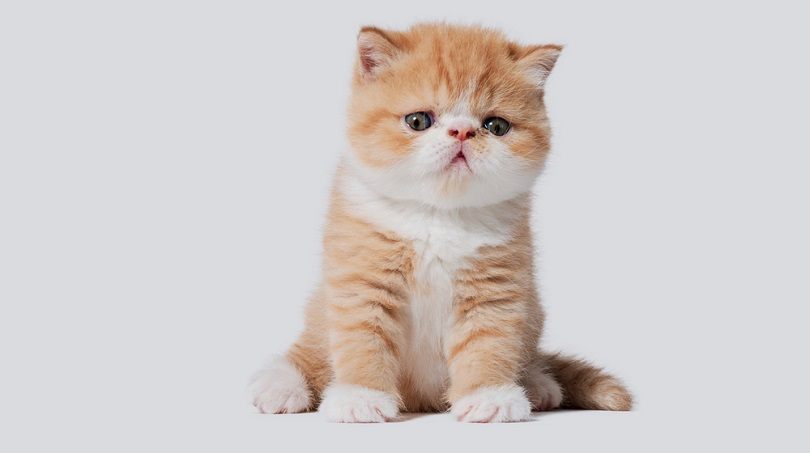
Conclusion
Whatever it is that draws us to orange cats, it seems to be winning. They have been darling from time immemorial, and we even love them more. If you have been planning on getting one of these adorable felines, you couldn’t have made a better decision. If you have one already, treat it like the treasure that it is.
Featured Image Credit: Adina Voicu, Pixabay








